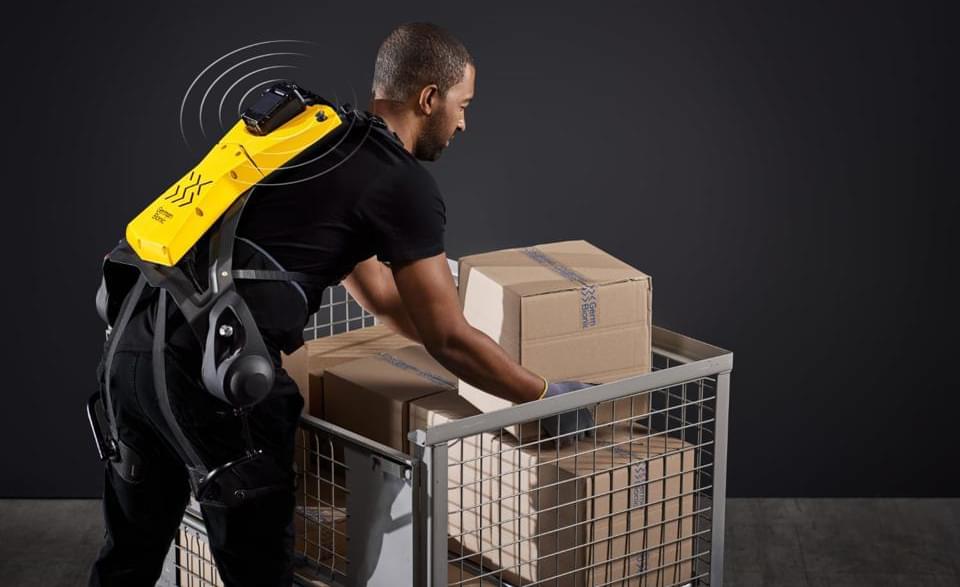2.7 billion people on this planet have “deskless jobs,” many of which require bending, lifting, moving, and carrying. German Bionic just released the fifth generation Cray X AI-enhanced power suit, or exoskeleton, to help those billions of people with almost 70 pounds of additional lifting capacity, reducing the risk of back injury and repetitive stress injuries. The Cray X is already in use at BMW, IKEA, and the French delivery service DPD, and will be launched internationally in January 2022.
The AI-powered suit boosts productivity, reduces error rates, decreases accidents, and results in a 25% reduction in the number of sick days workers take, German Bionic says.
The smart exoskeleton market has been estimated to be growing 41.3% a year to a nearly $2 billion industry by 2025, with applications in construction, shipping and receiving, healthcare, and the military. But it’s not just for the billions in the workforce.
